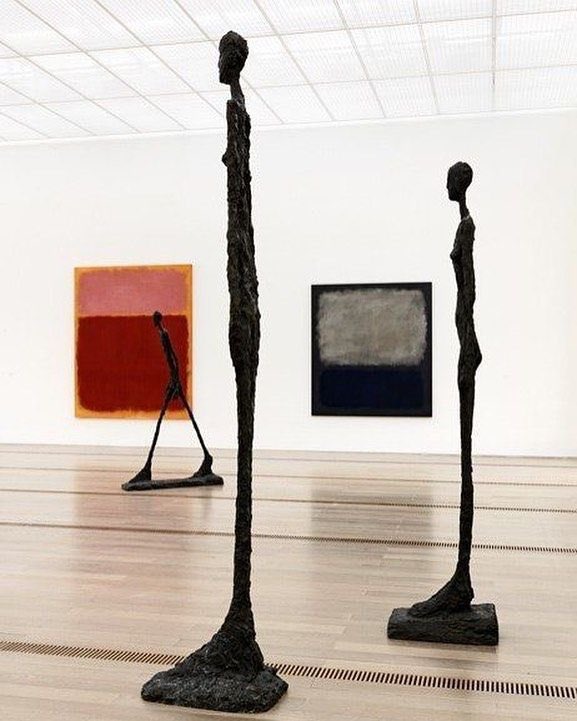
An imaginary meeting between Alberto Giacometti and Mark Rothko over coffee
Setting the Scene
Paris, 1964. A crisp autumn afternoon. Alberto Giacometti, the renowned Swiss sculptor, sits hunched over a café au lait at a small table in the corner of Les Deux Magots, a historic Parisian haunt that has been a meeting place for artists and intellectuals for generations. Across from him sits Mark Rothko, the American abstract expressionist painter, his gaze fixed out the window. The clinking of cutlery and the murmur of conversation provide a gentle soundtrack to their first encounter.
A Chance Encounter
Giacometti, with his shock of white hair and ever-present cigarette, is a whirlwind of nervous energy. Rothko, on the other hand, is a study in quiet contemplation, his dark suit and brooding features contrasting sharply with the vibrancy of the Parisian scene outside. Their paths have never crossed before, but a mutual friend, perhaps a gallery owner or art critic, has facilitated this introduction, hoping to spark a creative conversation.

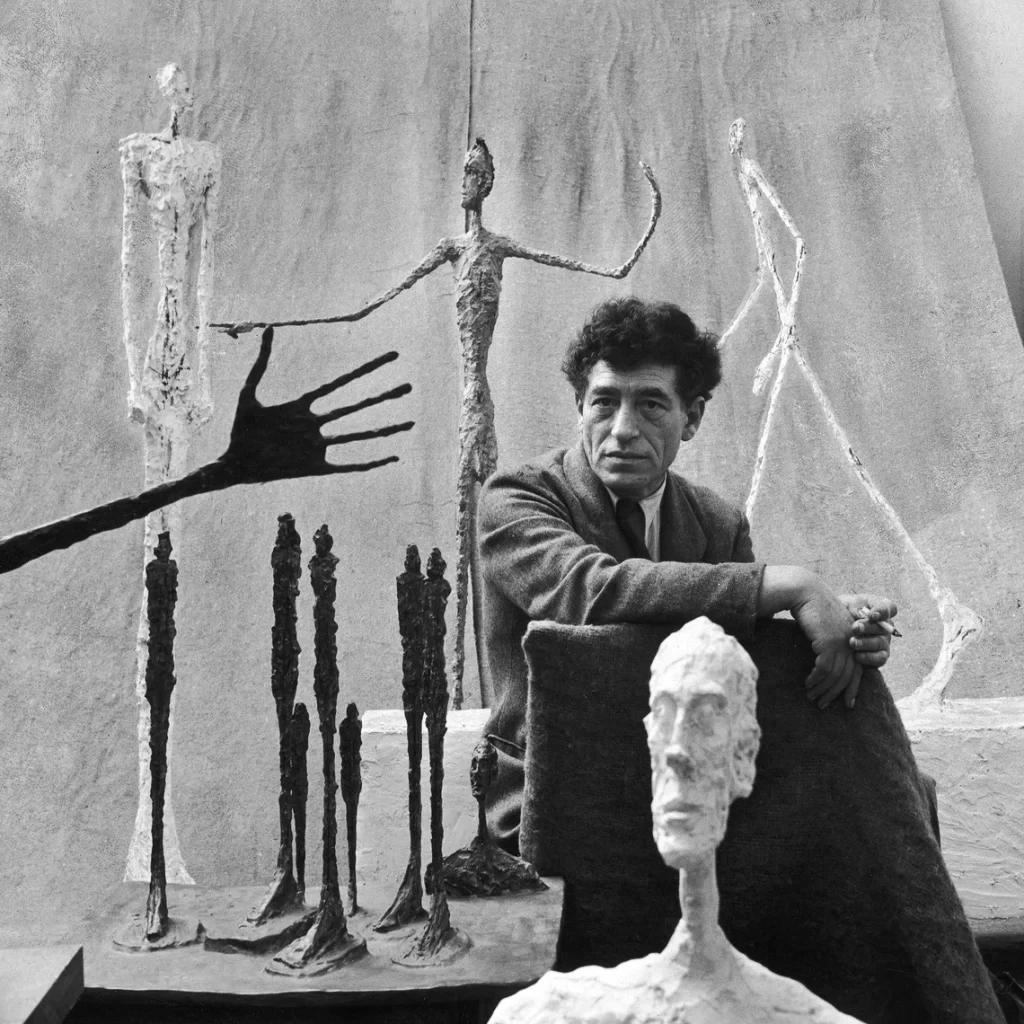
Breaking the Ice
As the coffee arrives, a somewhat awkward silence hangs between them. Giacometti, ever the social butterfly, attempts to break the ice with a self-deprecating joke about the struggles of sculpting a human figure. Rothko offers a wry smile, a hint of amusement flickering across his features. They begin to discuss their work, hesitantly at first, then with increasing passion.
Art and the Human Condition
Giacometti speaks of his enduring fascination with the human form, his sculptures capturing the essence of existence, the vulnerability and isolation of the human condition. Rothko, in turn, describes his quest to evoke emotion through color, his paintings seeking to capture the universal human experience of joy, sorrow, and the mysteries of the universe.
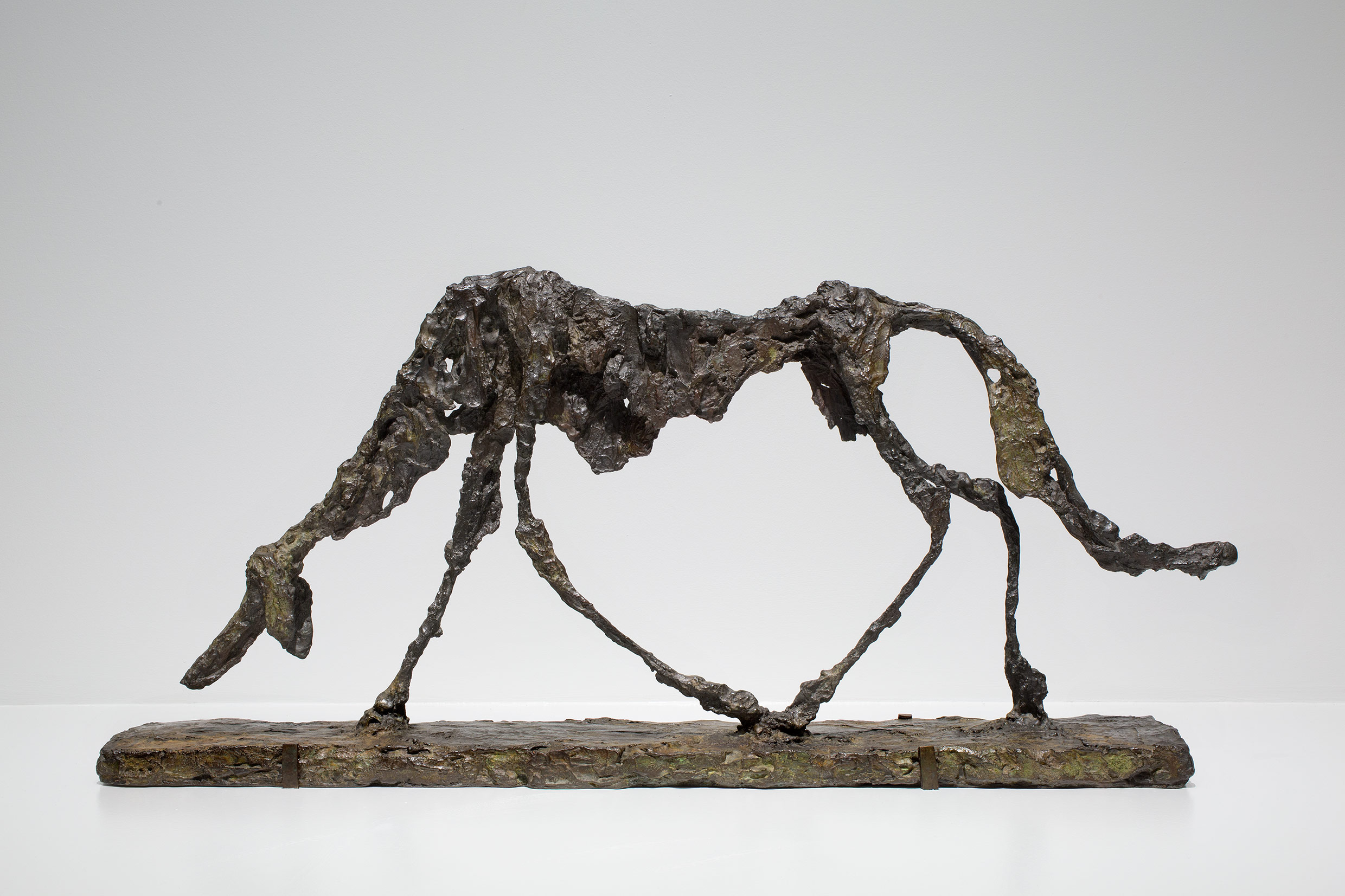
Rothko: (pensive) It’s curious how our art reflects our inner world, isn’t it, Alberto? Imagine translating that essence to your living space.
(Lights a cigarette, takes a thoughtful puff) A space that evokes the same emotions your sculptures do – a touch of solitude, perhaps, a whisper of the human spirit.
Giacometti: (eyes gleaming) Intriguing, Rothko. A space as a canvas for the soul. Tell you what, let’s connect someone who can help us explore this idea. Someone who understands both form and feeling.
(Gestures towards the reader) Perhaps you, dear reader, are looking to create a space that speaks to your own unique story? We can help.
(Adds with a twinkle) After all, a well-designed space is more than just walls and furniture. It’s an extension of ourselves, a reflection of the universe within.
Reach out to us at info@dekorama.design and let’s orchestrate a consultation. Together, we’ll compose a space that not only embodies elegance and allure but also harmonizes with your lifestyle, crafting an abode that’s both stunning and serene, practical yet picturesque. Embark on this journey with Dekorama, and let’s create a backdrop for your life that’s as enchanting as it is enduring. 🖌️
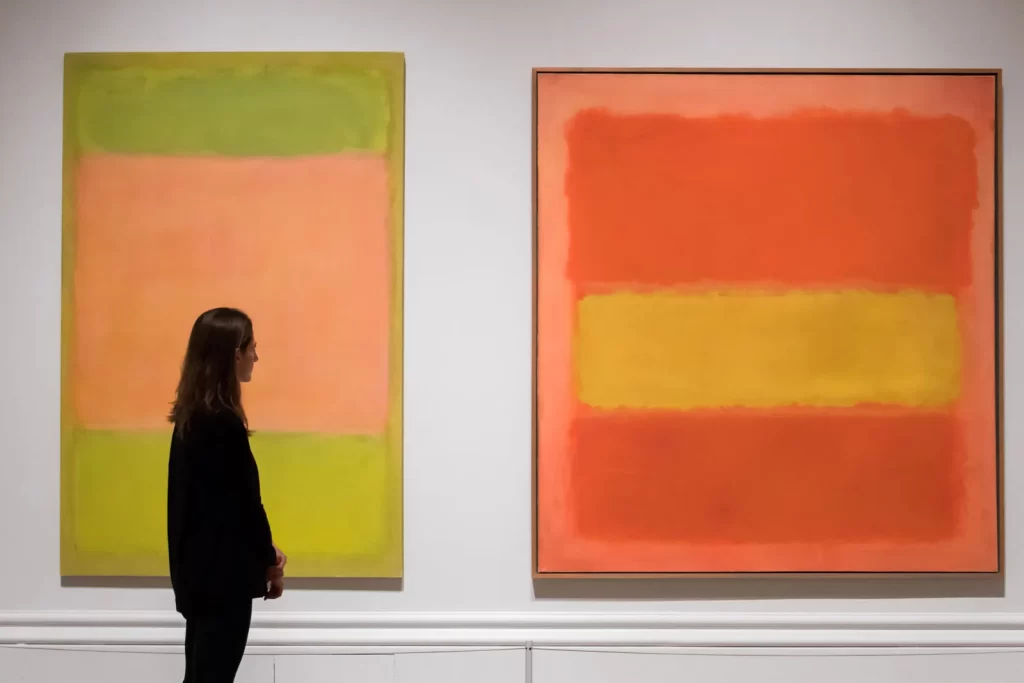
Art and Love
As they delve deeper, the conversation takes a more personal turn. Giacometti reflects on how his art has been shaped by his tempestuous relationships with women, particularly his wife, Annette. Rothko, recently separated from his wife,confides the solace he finds in his art, a refuge from the complexities of love and loss.
Art and the Universe
Despite their contrasting styles, they find common ground in their shared belief in the power of art to transcend the physical world. Giacometti sees his sculptures as a way to reach the essence of being, while Rothko views his paintings as portals to the sublime. As the afternoon light fades, they share a sense of camaraderie, a newfound appreciation for the different ways art can illuminate the human experience and the vastness of the universe.
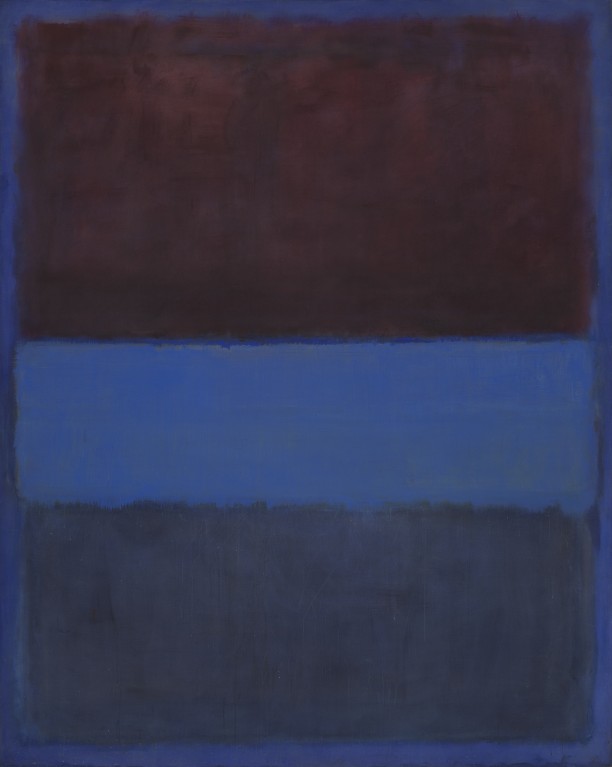
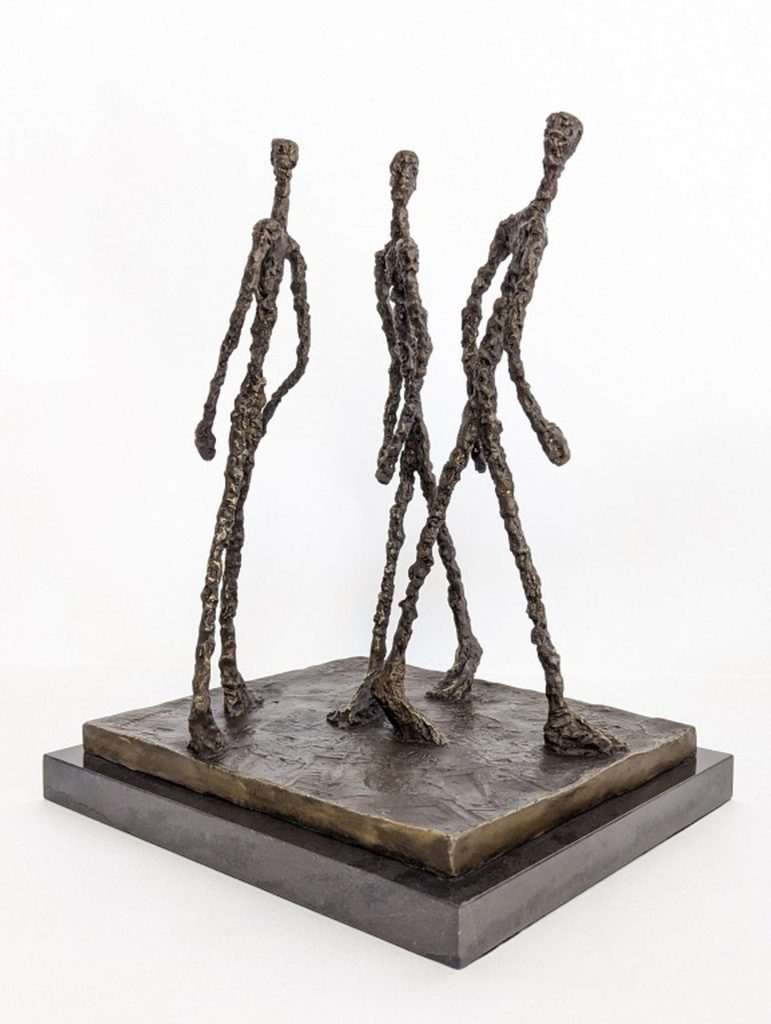
A Continuing Dialogue
Their conversation ends with a promise to meet again, perhaps to visit each other’s studios. As Rothko walks away, lost in thought, he steals a glance back at Giacometti, still perched at the cafe table, his cigarette glowing in the twilight. The encounter has left a mark, a spark of creative energy that may find its way into their future work.
While there is no record of Giacometti and Rothko ever meeting, their artistic legacies share a profound exploration of the human condition. Through their contrasting mediums, both sculptors and painters plumb the depths of human emotion, capturing our vulnerabilities, our search for love, and our place in the vast universe.

0 comments